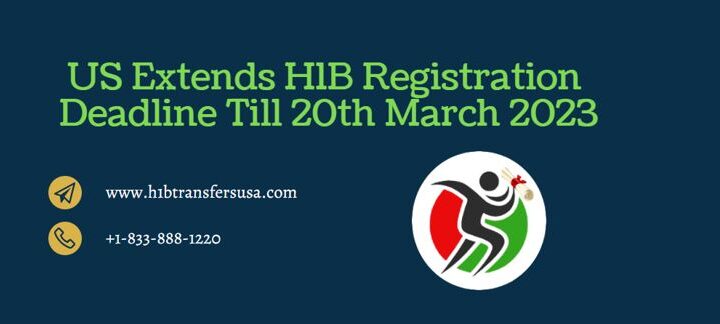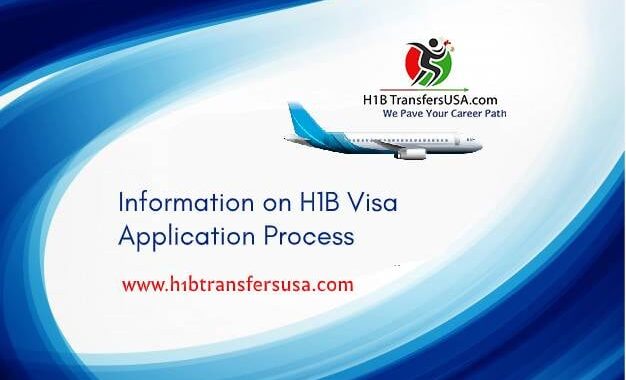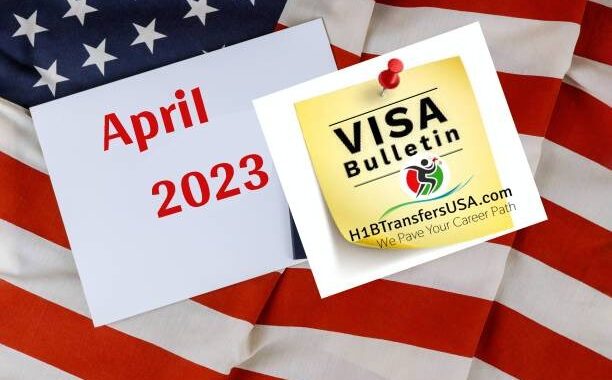FAQs on H1B Layoffs
7 min read
Holidays and joy fill many people’s lives at the end of each year. However, as employers assess their requirements for the upcoming year, H1B layoffs may be on the horizon for some. This is currently the case in the tech sector, which employs many H1B workers. Companies like Amazon, Twitter, and Meta, among others, are preparing to lay off a significant number of employees, many of whom hold H1B status.
H1B Layoffs FAQ Questions
The purpose of these frequently Asked Questions (FAQs) is to provide general information. Regarding a number of the most typical issues that result from H1B layoffs.
Question 1: My employer recently laid me off and informed me that it had sent a letter to USCIS requesting the cancellation of my H1B petition. Does that imply that I must immediately leave the United States?
An H1B worker typically has up to 60 days after their employment ends to either apply for a change of status. Move to a new H1B employer, or leave the United States. If the individual’s I-94 will expire in less than 60 days, the grace period is even shorter. The business’ withdrawal of the H1B petition shouldn’t influence the individual’s eligibility for the 60-day grace period.
Question 2: What if I have to wait a long time to find a new employer and that company is unable to file a change of employer petition for me before the grace period expires?
If the beneficiary is not in valid status at the time of filing, the USCIS will typically deny a status request. To be clear, this does not imply that the petition will be denied by the USCIS. Instead, the USCIS will typically still approve the petition, but only for consular processing. If the petition is otherwise approved (for example, the beneficiary meets the education requirements for the position. Or the position requires at least a bachelor’s degree in a particular field). The individual will be required to leave the United States and return with the approval notice and a valid H1B visa “stamp” in such a scenario. The approval notice will not include an I-94.
Importantly, the foreign national would typically begin to accrue unlawful presence from the date of the denial. If the USCIS indicates that the status request is being denied. Because the employee or beneficiary is out of status and the foreign national is still in the United States when this notice is issued. Note that, in most cases, the USCIS can exercise discretion to grant a status request filed for someone who is not in status at the time of filing. In that scenario, even if the individual has an H1B visa that has not expired. It would automatically become null and void upon departure from the United States.
Question 3: What options do I have for obtaining a visa to remain in the United States if I am unable to find a new H1B employer?
Under U.S. immigration law, nonimmigrant visa options are available in an “alphabet soup.” As a result, there may be significant variation in the available options based on numerous factors. However, there are some more prevalent categories of nonimmigrant visas to consider.
The laid-off worker might be able to submit a change of status application in order to become dependent on their spouse. For instance, if the spouse is in H1B or L-1 status, the laid-off worker could apply for a change of status to H-4 or L-2.
Another choice might be to sign up for a qualifying school and apply for a change to F-1 status (or M-1, for those keen on a professional or another nonacademic program). The individual may be able to gather the necessary documents. Such as the I-20 form issued by the school, during the 60-day grace period. As with the other options for visas, the applicant typically has the right to remain in the United States. While the application is pending as long as it is submitted during the grace period.
Although requesting a change of status from H1B to B-1/B-2 visitor is technically possible. The USCIS usually is reluctant to approve such applications. However, submitting a request for a modification to B-1/B-2 may be a viable option. If the individual requires additional time to complete personal matters. However, the B-1/B-2 may not be the best choice if the goal is to stay longer in the United States in order to find a new job.
Question 4: What happens if I later want to return to H1B status after leaving the United States or changing my status? Do I have to participate in the H1B lottery once more?
A person would not be subject to the H1B lottery again if they applied for a change of status or left the US. After being counted against the cap. Therefore, changing status or leaving the United States should not affect an employer’s ability. To file an H1B petition for that worker in the future, provided that the foreign worker. It has not used the entire six years of H1B time or is eligible to extend it beyond six years.
Question 5: What happens if I find a new H1B job after I apply for a change of status to H-4? Can a new employer file an H1B petition right away? Or do we need to wait for the H-4 change of status application to be approved? Can I start working as soon as the H1B is filed?
The beneficiary can immediately begin working if a new job is found before the grace period expires. The new employer can then file an H1B change of employer petition. The individual likely should withdraw the pending H-4 change of status application.
However, the H1B change of employer petition cannot be started immediately if the grace period has expired prior to its filing. In addition, using an I-94 to approve the case might be difficult. The beneficiary is no longer considered to be in valid status after the grace period has expired; instead, the pending change of status application places them in a period of authorized stay. Even if the beneficiary did not have a valid status at the time of filing. The USCIS still has the discretion to grant a status request. However, because this is a discretionary benefit. It may be necessary to submit a petition for consular notification and leave the United States. And then return with a valid H1B visa and the approved petition.
The individual would likely be able to use that visa and the new H1B approval to return to the US. If there is a valid H1B visa stamp on the passport. This is good news.
Question 6. My H1B employer said that, instead of officially laying me off now, they will let me take a voluntary, unpaid leave for three months. If I have not found a new employer by then, I can keep searching for another 60 days based on the grace period. Is that correct?
The “cessation of employment” is when the grace period begins, according to the regulation. The USCIC has generally interpreted this to mean the person’s last day of employment. Although an H1B worker may receive unpaid leave and continue to have valid H1B status. This is typically only permitted in circumstances unrelated to employment (such as requesting time off to care for a sick relative; or being briefly incapable to work because of an auto collision). Being granted a voluntary leave, which is not truly voluntary, typically cannot delay the start of the grace period.
Question 7. My H1B employer has notified me that I am being laid off. I was told that I am to stop performing work immediately, though the employer will continue to pay me and provide benefits through February 2023. When does my 60-day grace period start?
As previously stated, assuming that the grace period begins on the last day of work would be the safest course of action. It could be argued that this delays the start of the grace period. Because the employer is essentially treating the individual as an employee by paying the salary, providing benefits, and so on. However, the USCIS may reject such an argument, so this would be risky.
Question 8. My H1B employer just laid me off, but I have already received a new job offer. I have an I-485 application that has been pending for more than 180 days and a corresponding EAD. Do I need to maintain my H1B status, or can I just rely on my EAD?
An individual in this situation is in a period of authorized stay based on the pending I-485 application. A foreign national may rely on a properly filed I-485 and EAD to work in the United States. However, maintaining H1B status may be advisable if at all possible. If only as insurance in case issues arise with the pending I-485. Keep in mind that it will typically be necessary to ensure that the new position is eligible for AC21 portability. If the I-485 applicant will be employed by a company other than the one that submitted the underlying I-140 petition.
[H-1B Status: Cap-Subject Vs. Cap-Exempt]
Conclusion
H1B Layoffs tend to be stressful and cause difficulties, no matter one’s situation. However, layoffs present a unique set of difficulties for H1B workers. For foreign nationals facing H1B layoffs, it is important to understand how to proceed in order to avoid long-term immigration problems.






